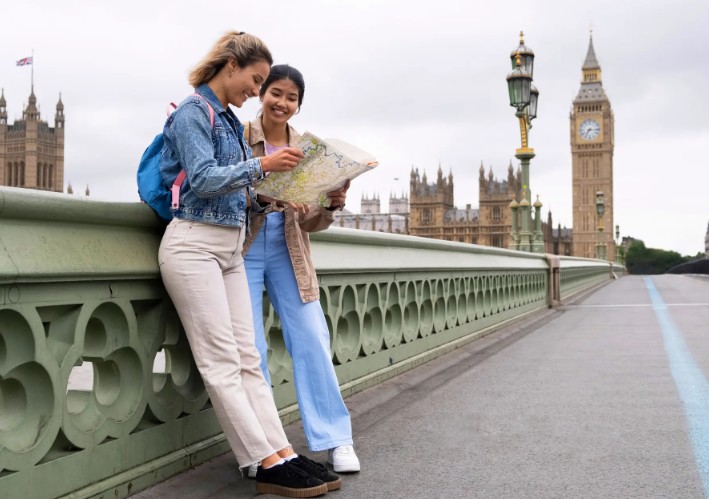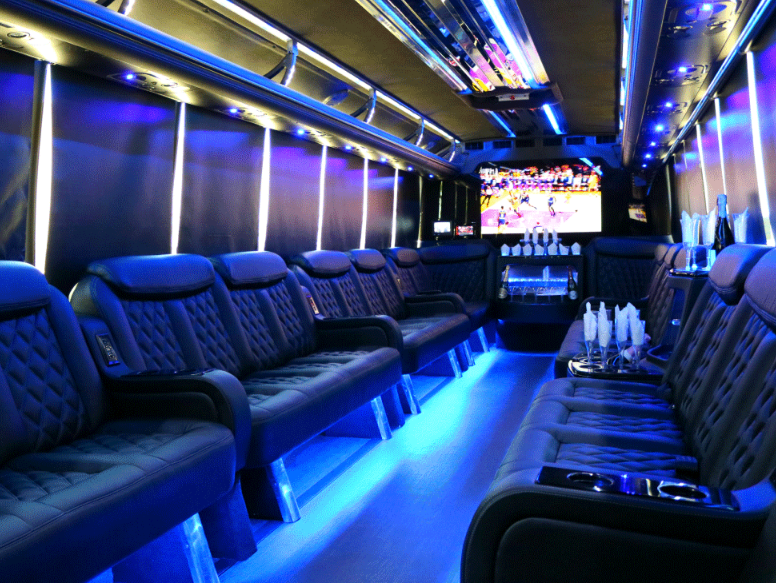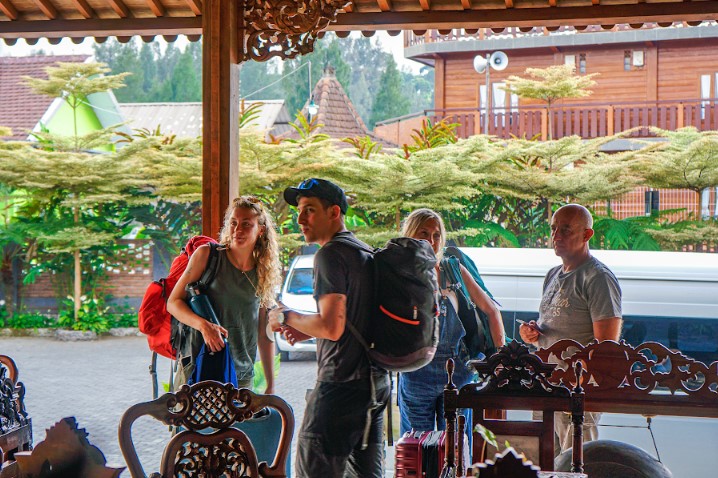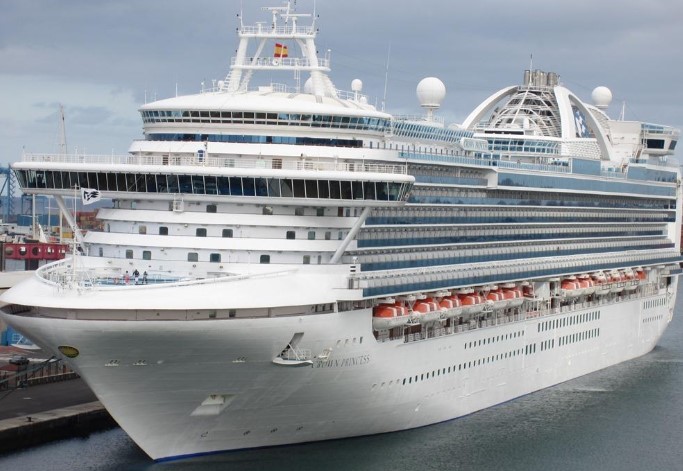Cathy Renna, communications director for the National LGBTQ Task Force and a consultant who has worked with many major Prides throughout her career, says the celebrations kicking off this month will include many of the core elements of past parades and festivals. But after almost three years of little to no in-person gathering, many events feature notable changes, including shake-ups in Pride leadership from Philadelphia to London due to allegations of racism and transphobia.
“You’ve seen Prides shift and grow,” Renna says, citing hybrid event formats and “an even more politicized atmosphere, intensity and urgency” as predominant themes.
Organizers, activists and hospitality experts say issues such as rising inflation, surging summer travel demand and political organizing are also impacting festivities from major cities to small towns.
Traveling for Pride is pricier than ever
Despite surging coronavirus cases and the proliferation of highly transmissible subvariants, several cities are bracing for their biggest Pride crowds in years. Spokespeople at several events, including D.C. and London, predict 2022 attendance could exceed 2019 levels.
“There’s definitely a pent-up demand for travel and big events,” says Haven Thorn, head of PR at Pride in London. “The energy and excitement this year is incredible, and we’re expecting more people to celebrate Pride than ever before.” He projects “upwards of 1.5 million attendees” at early July events, which mark the 50th anniversary of the U.K.’s first Pride march.
Crowds are always logistical puzzles, but the pandemic brought forth new problems for organizers to solve. A spokesperson for Capital Pride says “a lot of vendors and small businesses” around D.C. have closed or face economic strains. Bobby MacPherson, director of operations at Pride Toronto, says they’ve struggled to find staff, as “many people have left the event world.” Most organizers cited higher prices as a pain point.
Costs are hitting travelers hard, too. Travel to major Pride destinations is rarely cheap, with many events pricing premium festival packages to attract cash-flush guests. For instance, the VIP cabana package for a Pride Island experience in New York City starts at $1,800.
Inflation and sky-high demand have combined to drive prices higher than usual, “especially when it comes to flight prices,” says Darren Burn, founder of LGBTQ+ travel agency Out Of Office. He says hotel rooms are also going fast at popular Pride destinations.
Price hikes in the vacation rental market underscore the trend. Analytics firm AirDNA, which studies rental companies Airbnb and Vrbo, found that average daily rates in seven major Pride destinations are significantly higher in 2022 compared with those in 2019. For example, since 2019, the average daily rate for June 11 has gone up 38 percent in D.C. and 62 percent in Los Angeles. In AirDNA’s data for June 19 in Chicago, the same figure went up by 87 percent.
Airbnb reports that total nights booked on its platform this year are similar to 2019, when hosts earned a collective $76 million over the top 50 Pride weekends around the world. This year, the top cities in the world for most nights booked during Pride weekends includes seven from Europe — London, Paris, Rome, Lisbon, Barcelona, Milan and Madrid — as well as Los Angeles, Toronto and New York.
If you want to travel for Pride but haven’t booked yet, Burn suggests considering events scheduled past the peak summer times. “For those who think they’ve left it too late, there are still plenty of Pride events happening all the way through to September,” he says.
Hybrid is the buzzword for Pride 2022
Beyond public health measures such as proof of vaccination or a negative test result — both required at events like the NYC Pride March — the hybrid nature of Pride 2022 seems to be the primary pandemic-influenced change.
“The biggest lesson that we’ve learned [through the pandemic] is that we have technology at our fingertips that can really help make events more accessible,” says Renna, who helped organize Global Pride, the marquee virtual event of 2020 that brought hundreds of Pride organizations together for a round-the-world streaming extravaganza.
While the scope of digital Pride will be scaled back, spokespeople say virtual components remain key to this year’s events. “The pandemic has given us a different perspective on how to program,” says MacPherson of Pride Toronto, which will be live-streaming events on several of its stages.
NYC Pride, Capital Pride and Pride Amsterdam are a few of the major festivals to plan streaming events online, with the NYC Pride March even available on Hulu and Disney Plus.
This year, LGBTQ+ events that launched for a virtual audience will venture into the real world, including popular Zoom rave Club Quarantine and groundbreaking Global Black Pride, which reached more than 9 million people in 2020.
Micheal Ighodaro, the president and co-founder of Global Black Pride, says the organization started as a way to connect the Black LGBTQ+ community at a time when many Black Pride organizations either “did not have the infrastructure to move their Prides virtually” or had “lost funding [from sponsors] because they could not hold an in-person Pride.”
Global Black Pride will host its hybrid iteration in late July, with Toronto serving as the host city. Ighodaro says in-person and virtual events will provide space to “celebrate Black LGBTQI and to talk about the issues that affect us all … but also to show Black excellence, to celebrate who we are.”
Political organizing and ‘pinkwashing’ set the tone
As Pride kicks back into high gear, debates around corporate sponsorship — much of which many activists deride as ineffectual “pinkwashing” — are set to return to the spotlight.
Despite many organizations pledging an increased focus on racism and white supremacy throughout the pandemic, Ighodaro says, the “difficulty for Black-led organizations to get funding” has not gotten easier.
“Something that hasn’t changed is the level of corporate sponsors giving Pride organizations money,” he says. “But not just any Pride organization — Pride organizations that look like them.”
Corporate involvement in Pride has been a flash point for years, with prominent Pride organizations frequently being criticized for letting brands that donate money to anti-LGBTQ+ political campaigns pitch in to sponsor parades. Before the pandemic, activists repeatedly demonstrated at major parades such as Capital Pride, which protesters famously disrupted in 2017.
Around the world, these debates are certain to drive turnouts at the growing number of grass-roots events such as the Queer Liberation March in Manhattan, organized by the Reclaim Pride Coalition.
Pride events across the country are likely to have a more politically charged spirit, as both grass-roots activists and Pride organizers aim to demonstrate against discrimination and mobilize LGBTQ+ voters in the lead-up to the midterm elections in the United States.
Renna, who is helping organize the first Pride in her town of Montclair, N.J., says she expects smaller Prides to have record turnouts.
“It’s even more important to be visible in our own backyards,” she says. With all the issues facing LGBTQ+ communities this year, she’s now struggling with a less serious but certainly relatable issue: “I just can’t decide on what T-shirt to wear.”






More Stories
The Ultimate Guide to Mount Bromo and Ijen Tour: A Journey into Nature’s Wonders
The Complete Guide to Pantheon Tickets
Journey Through Italy